Data Analysis Into The Effectiveness Of The Biomedical Engineering Course
Summary
Medical Aid International have created a well-received and highly recommended online Biomedical Engineering educational package that comes complete with professional tool kit, text books and a memory stick with a library of service manuals on it. This course helps biomedical engineers in Low to Middle Income Countries (LMICs) undertake key repairs to medical equipment, reducing machine down time, enhancing patient care whilst saving both lives and money.
Participants rated the course over 9.5/10 for course satisfaction, how likely they are to recommend the course, and for whether they wish to participate in future Medical Aid International courses. The course had significant positive impact on the participants day-to-day after completion, scored at 8.5/101.
Unit 11 (Anaesthetics and the Operating Room) was rated by far the most useful unit of the course, whilst also being the most challenging. Unit 9 (Surgical Diathermy/ESU), another operating room specific unit also performed very well. Participants found the demonstration videos and practical examples the most effective learning tools of the course.
Participants see an important link between better resourced operating rooms and saving lives. Being able to repair and maintain machines within operating rooms means they are better equipped, improving health outcomes. Even more lives could be saved if operating rooms were better resourced, and investments should be focused here to yield the best results.
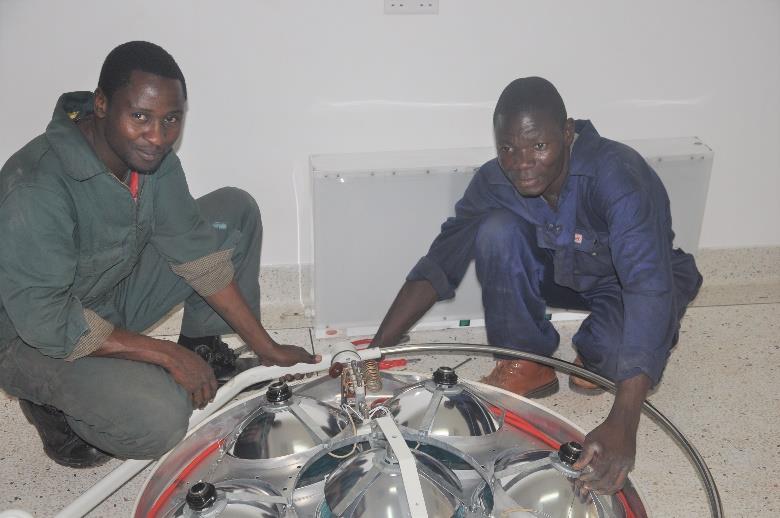
Fig 1. Two of our biomedical engineers putting their skills to use fixing operating room equipment.
Further feedback is scheduled to be gathered from participants who have successfully implemented a day-to-day change in their hospitals, and this used to create a guide for other participants to follow, in order to further increase day-to-day impact.
A follow-up survey is planned to be sent to participants of the course to gain further insights into its day-to-day impact. Information collected will be used to better understand how, specifically, Unit 11 (Anaesthetics and the Operating Room) has benefited participants and how the day-to-day impact of the course can be maximised to save lives.
The vast majority of participant’s comments about the course were positive2. Most were very grateful and thankful for the amazing work put in to make this fantastic course possible!
1. Overview
1.1 – Report Rationale
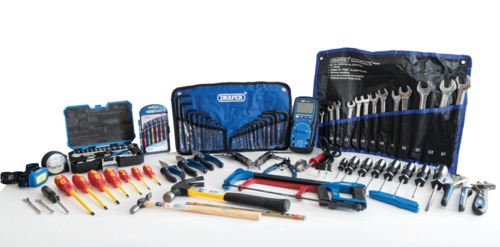
Fig 2. Toolkit content.
1.2 – Report Objectives
This report seeks to investigate a variety of topics. These include:
- Course Satisfaction
- Course Recommendation Levels
- Potential Uptake Of Future Courses
- Day-to-day Impact
- Most Useful Units
- Most Challenging Units
- Attitudes Towards The Course
- Conclusions And Recommendations
2. Results & Discussion
2.1 – Feedback Data Collection from Biomedical Engineering Course
Participants of the course undertook a feedback survey; a sample of that data (from 25 participants) has been analysed to provide preliminary findings.
The survey questions were as follows:
- Overall, how satisfied were you with the course and the learning material?
- Please identify the 3 units you found most beneficial and why?
- Please identify the unit/s you found the most challenging and why?
- What could be improved on the course?
- On a scale of 1-10, how likely are you to recommend the Programme?
- On a scale of 1-10, how likely are you to take any future Medical Aid International Programmes?
- On a scale of 1-10, how has the course entirety (including textbooks and toolboxes) effected your practice on a day to day basis?
- Please comment further details.
A Likert-style response scale was used to evaluate the participant responses (to questions 1 and 5-7) with 10 being assigned to “Most Satisfied” and 1 being assigned to “Least Satisfied”. These scores were multiplied by the number of responses of each type to generate mean values. Free text comments were provided by participants to questions 2-4 and 8.
In total, over 30 participants have completed the course, with a further 30+ currently undertaking it. Participants come from a wide variety of countries including, but not limited to: the United Kingdom, Zimbabwe, Ghana, Malawi, India and Bangladesh.
This report will be updated periodically to reflect the data generated as these, and other new participants, complete the course.
2.2 – Course Satisfaction and Impact
Throughout this section the questions are primarily referred to by their respective numbers only. For reference, the full list of questions asked of participants is provided in section 2.1 – Feedback Data Collection from Biomedical Engineering Course.
The data from the feedback surveys was incredibly positive. Questions 1 (satisfaction), 5 (recommendation) and 6 (subsequent offerings) had average responses above 9.5/10. This suggests not only an incredibly high level of satisfaction with the course but also a large degree of positive recommendations and potential buy in for any future courses provided by Medical Aid International.
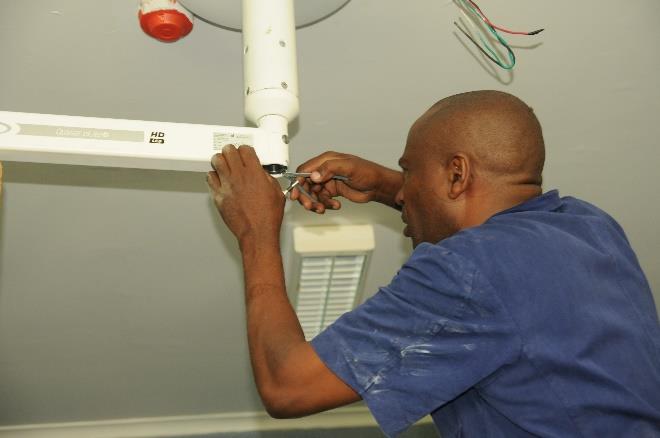
Fig 3. Clear course impact – the ability to fix and maintain equipment!
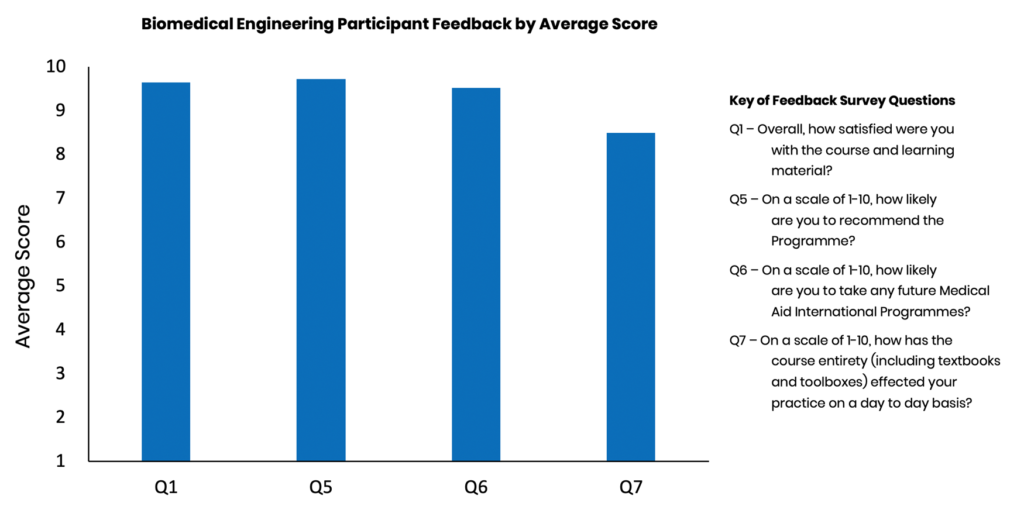
Fig 4. Average score of survey feedback by question number for a sample of Biomedical Engineering course participants (N = 25). 1Due to minor logistical issues (given shipping to LMICs is challenging) and participants’ enthusiasm to start the course early, a very limited number of participants did not receive their textbooks and toolkit for the start of the course. This practice has since been changed so participants must wait for all materials to arrive before starting the course. These participants’ responses for Q7 (impact) have been removed as the course’s impact would not have been fully realised given the delayed resources.
Fig 5. Shows the percentage of each type of response for each of the survey questions as given by the Biomedical Engineering course participants. Question 5 (recommendation) was the most positive with almost perfect 10s across the board. Questions 1 (satisfaction) and 6 (subsequent courses) were very favourable, with the lowest score for each being an 8. Over three quarters of participants rated the day-to-day impact (question 7) to be 8/10 or higher.
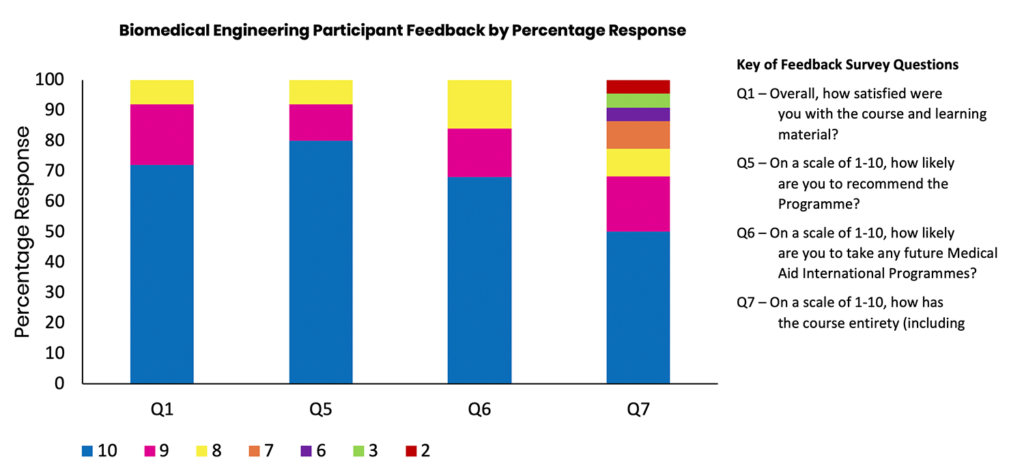
2.3 – Most Useful and Most Challenging Units
Throughout this section the course units are primarily referred to by their respective numbers only. For reference, the full list of unit titles, and corresponding numbers, is provided in section 4.1 – Appendix A – List of Units in the Biomedical Engineering Course.
A wide range of units were selected by participants as one of the 3 most useful units of the course (question 2 of the feedback survey). This appears to be a testament to the high standard of each of the units in the course as well as reflecting the fact that each participant will have slightly different roles and expertise, hence different units will be more useful depending on the participant’s circumstance.
Fig 6. Shows that all units were rated the most useful at least once, revealing that participants all have differing needs and that the course is flexible enough to address them. Unit 11 was the standout unit with 15 of 25 participants (60%) touting its usefulness. Units 0 and 9 were also strong performers, with over a quarter of participants finding them particularly useful.
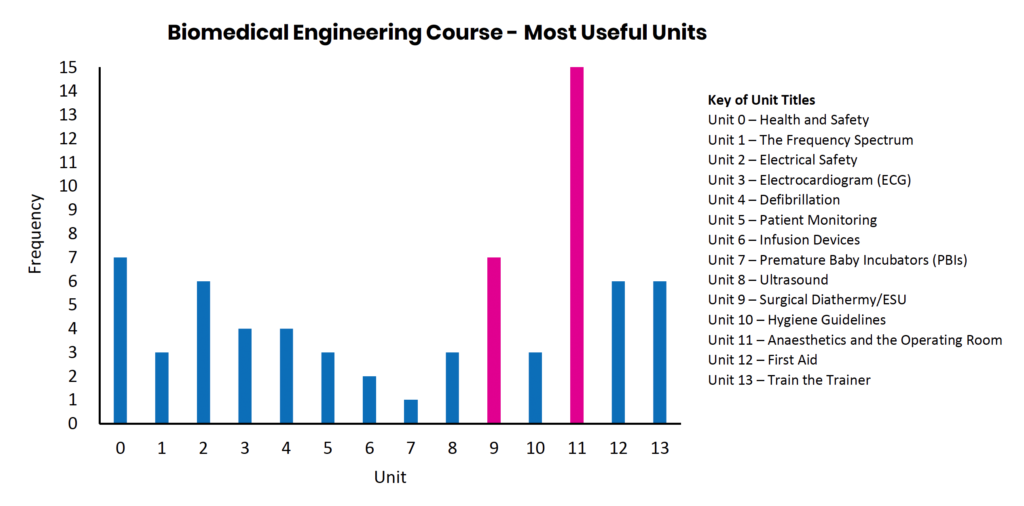
Fig 6. Responses of survey feedback asking which 3 units were the most useful for a sample of Biomedical Engineering course participants (N = 25). Unit 11, rated most useful, and Unit 9, also rated highly useful, are highlighted in pink.
The importance of Unit 11, Anaesthetics and the Operating Room, to participants cannot be overstated. Participants can see the impact of better equipped operating rooms as they are able to repair and maintain the machines within it. Even more lives could be saved if operating rooms were better resourced!
The argument that participants can see the impact of better equipped operating rooms, and that we should invest more heavily in resourcing them, is strengthened by the strong performance of Unit 9, Surgical Diathermy/ESU. This technique relies on equipment that is only used in the operating room. Again, by being able to repair this equipment surgeons are provided with another technique they can rely on, enhancing patient care.
Also of note is the strong performance of the safety units of the course; Unit 0, Heath and Safety, and Unit 2, Electrical Safety. This would also suggest knowledge gaps are being filled for participants.
The wide spread of units being chosen as useful is a real positive for the course. It reveals that each unit has significantly helped a participant increase their skills. This broad upskilling the course provides is invaluable to participants is likely a significant contributing factor to the favourable feedback provided by participants (see section 2.2 – Course Satisfaction and Impact, for details).
Exploring units by order of challenge was a more concentrated affair; this was somewhat expected given participants could only select one option. In cases where participants did select more than one option, their scores were given fractional values and weight split equally between the selected options. I.e. if a participant selected 2 units to be “the most challenging unit”, each option would receive a score of ½.
Fig 7. Shows that Unit 11 was the most challenging, receiving a difficulty score of 4. Units 4 and 8 were also rated as challenging with a score 3. Units 0, 2, 6, 7, 9, 12 and 13 were not rated most challenging by any of the participants.
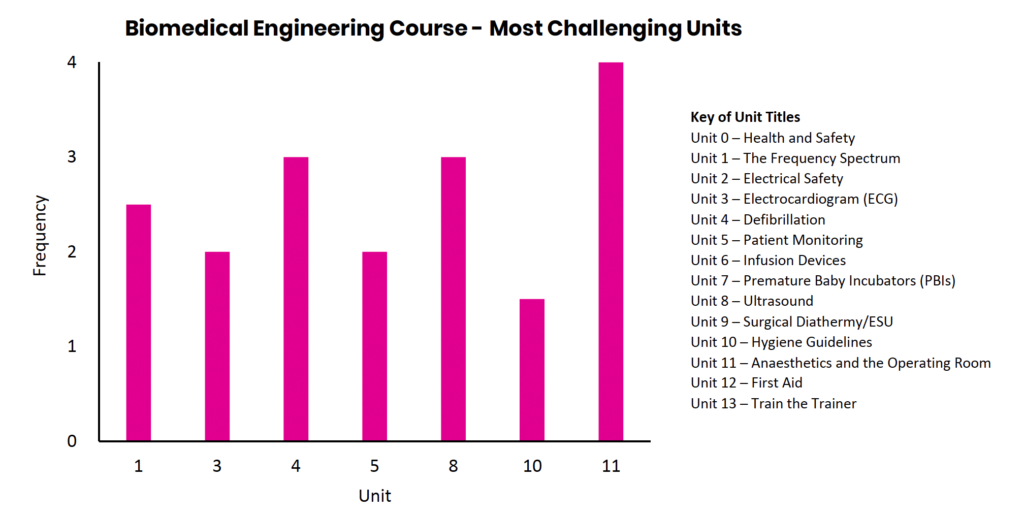
Fig 7. Responses of survey feedback asking which unit was the most challenging for a sample of Biomedical Engineering course participants (N = 25). Note: units with frequency 0 are not shown and if multiple units were selected, proportional fractional values were assigned.
2.4 – Participant Suggestions and Comments
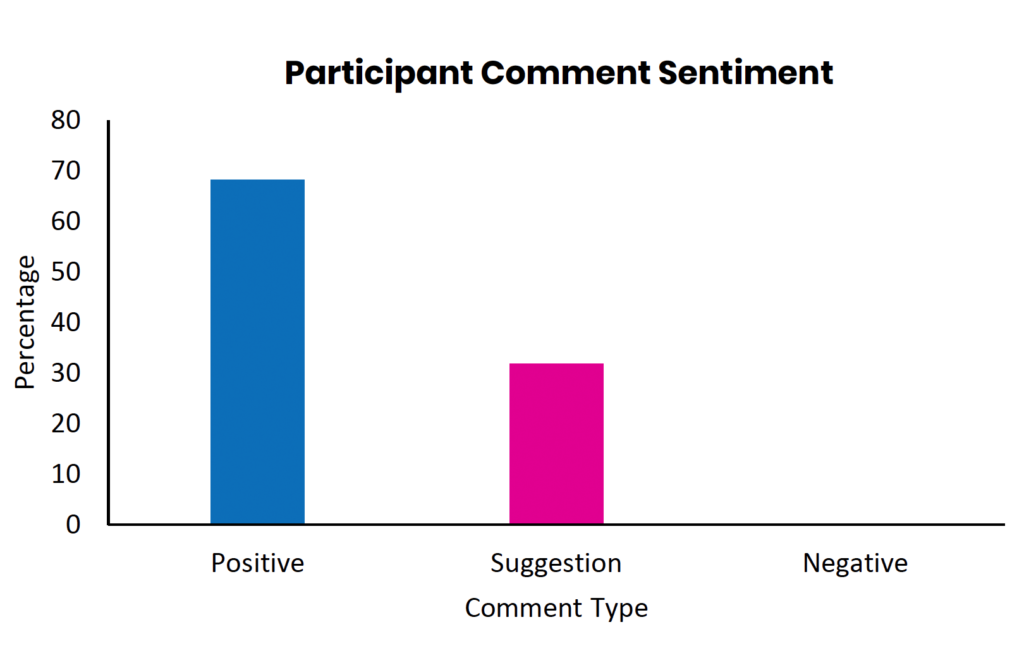
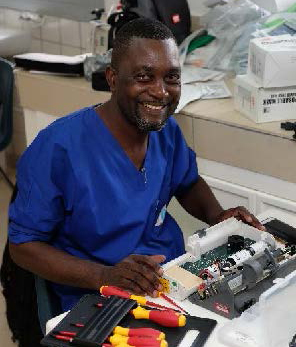
Fig 9. One of many satisfied Biomedical Engineers.
3. Conclusions & Recommendations
3.1 – Conclusions
The Biomedical Engineering course provided by Medical Aid International is incredibly well received by participants. High course satisfaction and a positive experience means participants not only highly recommend the course but wish to undertake future offerings from Medical Aid International, should any arise.
The impact of the course is encouragingly strong, with the majority reporting very positive and significant day-to-day impact. The standout unit for the course is Unit 11, Anaesthetics and the Operating Room; being rated by far the most useful unit of the course. Unit 9, Surgical Diathermy/ESU, exclusively used in the operating room, was also a strong performer. As both units relate to the operating room, and both were rated very highly by participants it shows that the impact of improving operating rooms is enormous. Participants can see first-hand the enhancement to patient care, and with more resources invested into operating rooms this could be further improved.
Every unit was rated useful at least once, suggesting a broad applicability of the course and that it addresses a variety of differing needs. The course not only teaches participants how to repair equipment, but in doing so gives them greater confidence in their abilities. This confidence translates into motivation and drive to have a positive day-to-day impact, facilitating a better equipped hospital and enhancing patient care.
Participants found demonstration videos and practical examples the most helpful elements of the course. The overall attitude towards the course was positive, and one of gratitude and thanks.
3.2 – Recommendations
As participants rated Unit 11, Anaesthetics and the Operating Room, so highly it suggests that improvements to healthcare outcomes will come from developments in this area. Participants can see that being able to repair equipment in the operating room, i.e. them being better equipped with more of the machines functioning, improves health outcomes. Increased investment into better resourcing operating rooms should be a priority to improve health outcomes most effectively.
A follow-up survey is planned to be sent to participants of the course to gain further insights into its day-to-day impact. Information collected will be used to better understand how, specifically, Unit 11 (Anaesthetics and the Operating Room) has benefited participants and how the day-to-day impact of the course can be maximised to save lives.
This report will be periodically updated to reflect any changes in the data generated from participants who complete the course after the publication of this report.
4. Supplementary Information
4.1 – Appendix A – List of Units in the Biomedical Engineering Course
Unit 0 – Health and Safety
Unit 1 – The Frequency Spectrum
Unit 2 – Electrical Safety
Unit 3 – Electrocardiogram (ECG)
Unit 4 – Defibrillation
Unit 5 – Patient Monitoring
Unit 6 – Infusion Devices
Unit 7 – Premature Baby Incubators (PBIs)
Unit 8 – Ultrasound
Unit 9 – Surgical Diathermy/ESU
Unit 10 – Hygiene Guidelines
Unit 11 – Anaesthetics and the Operating Room
Unit 12 – First Aid
Unit 13 – Train the Trainer
Moving Forward (Feedback Survey)
4.2 – Appendix B – Toolkit Inventory
- Plastic toolbox – 610x325x305mm
- Soft grip plier set – 4 pieces
- Circular plier set – 5 pieces
- Cross pein pin hammer – 110g/4oz
- Inspection mirror
- Soft grip screwdriver set – 8 pieces
- Hacksaw with soft grip – 300mm
- Hexagon key set & wallet – 25 pieces
- Telescopic magnetic pick-up tool
- Retractable blade trimming knife – 5 spare blades
- VDE approved fully insulated screwdriver set – 7 pieces
- Precision screwdriver set – 6 pieces
- Junior hacksaw blades – 10 pieces
- Fiberglass shafted claw hammer –450g/16oz
- Adjustable wrench – 150mm
- Combination spanner set – 14 pieces
- Combination spanner – 6mm
- Combination spanner – 7mm
- Bi-metal hacksaw blades – 300mm, 32tpi, 10 pieces.
- Measuring tape – 5m/16ft x 19mm
- Square socket set – ¼”, 20 pieces
- Safety glasses
- Professional safety goggles
- Pocket Multi-tool
- Head lamp – 3W
- Heavy duty AAA alkaline batteries – 4 pieces
- Digital multimeter
- Heavy duty 9V alkaline battery
- Junior hacksaw and blade
- Soldering Iron – 230V, 30W
- Lead-free solder – 1.2mm x 20g
- Ear plugs
- High visibility vests
- Medical Aid black organiser & desk pad
- Polo Shirts
- USB-Manuals
4.3 – Appendix C – List of Provided Textbooks
- Beginner’s Guide to Reading Schematics – ISBN: 978-1260031102
- Complete Electronics, Self-Teaching Guide (with projects) – ISBN: 978-1118217320
- Encyclopaedia of Electronic Components – ISBN: 978-1449333898
- Oxford Concise Medical Dictionary – ISBN: 978-0198836612
